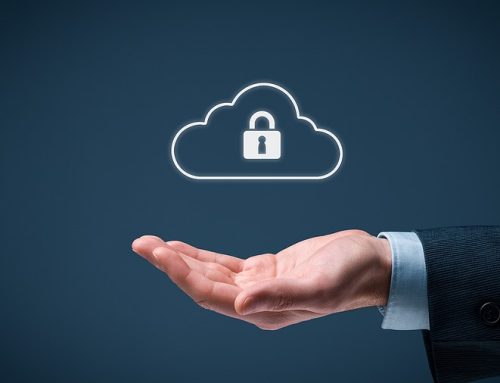Email cleanup tips from Alexander Velarde
Think about the last time you moved from one house to another. In anticipation of the movers, you de-cluttered with a vengeance. Clothes that no longer fit anyone? Gone. Utility bills from ten years ago? Gone. Why carry garbage to a new house? Approaching an email migration like a move to a new house makes the migration process more efficient and reduces cost.
Consider a typical organization with employees who have been using the same email system for years. Focused on the business at hand, many end users use email as a convenient storage place for conversations and documents.
All of those ancient emails and large attachments eat up space. Not only is the organization paying for storage it may not need, but huge mailboxes take time to migrate from one system to another. Effective email cleanup results in a quicker (and thus less costly) migration process.
Start with an Inventory
A necessary first step involves conducting an analysis of the current system. Determine the size of the email system and what types of emails are being stored. Attachments, in particular, significantly increase the size of the mailbox. For instance, if a large percentage of the email storage involves attachments of five megabytes or larger, this indicates an area to address.
A proactive IT department should be able to generate a weekly report that gives a picture of the email system by end user. This will allow administrators to identify heavy hitters and follow up with them individually to address proper email usage and retention.
Another area to analyze involves the email archive. Most organizations archive old emails, but in many cases, the archiving process has been automated for so long that the archive itself has become a mystery. Administrators need to identify all the archives in use, clean them up as necessary and determine which archives will transfer over to the new system.

Verify and Communicate Retention Policies
Once you know what the email system contains, you are almost ready to start cleaning house. But before you begin deleting emails, be sure to verify compliance with industry regulations and internal retention policies that affect email.
A word of caution. A directive to delete email could be seen as an order to destroy evidence if there is any current or pending litigation. Cleanup cannot occur without proper retention policies in place and fully communicated to users. Those policies should define what is considered a “record” and what is considered “transient.” Furthermore, they should detail what types of communications can be deleted and what types can’t.
On the other hand, end users and organizations often retain emails for years longer than necessary, out of caution or due to lack of understanding regarding regulations. Seek advice from your legal team and assign a compliance officer with authority to enforce retention policies.
Communicate retention policies clearly with end users at all levels. Include tips for deleting and archiving outdated emails and large attachments. For example, many email systems allow users to search mailboxes by date. Ideally, set a deadline for users to complete their individual email cleanup.
Behind the Scenes Email Cleanup
While employees tidy up their mailboxes, the IT department can begin spring cleaning the email infrastructure. Remove old distribution lists and clarify permissions. Identify mailboxes that belong to former employees. And determine whether to archive them, delete them or bring them over to the new system.
Administrators may also decide to automate archiving according to retention policies once end users have had a chance to clean up their mailboxes. For instance, your organization may determine to automatically archive all emails older than seven years rather than carry them forward into active mailboxes.
Pre-Migration Diligence Means Post-Migration Success
Email affects nearly every employee and every facet of the organization. And the success of the email migration process directly affects productivity. Taking an inventory of the email system and regulatory compliance in advance and then proactively organizing mailboxes and infrastructure will help ensure a smooth email migration.
Invariably, not all users will clean up their email. Hence, giving them a mandate will delay a migration project unnecessarily. So, it’s better to stick to your project schedule.
The experts at Messaging Architects have conducted thousands of email migrations. Whether you are moving to Office 365, upgrading to the current version of Exchange or moving data from a legacy system, they can walk you through every step of the process.
Alexander Verlarde joined the team at Messaging Architects (formerly Netmail) in 2006. Currently, he works in the Services Department as a Professional Services Technician, focusing primarily on implementations. He particularly enjoys the challenge of solving problems and helping systems run smoothly.







